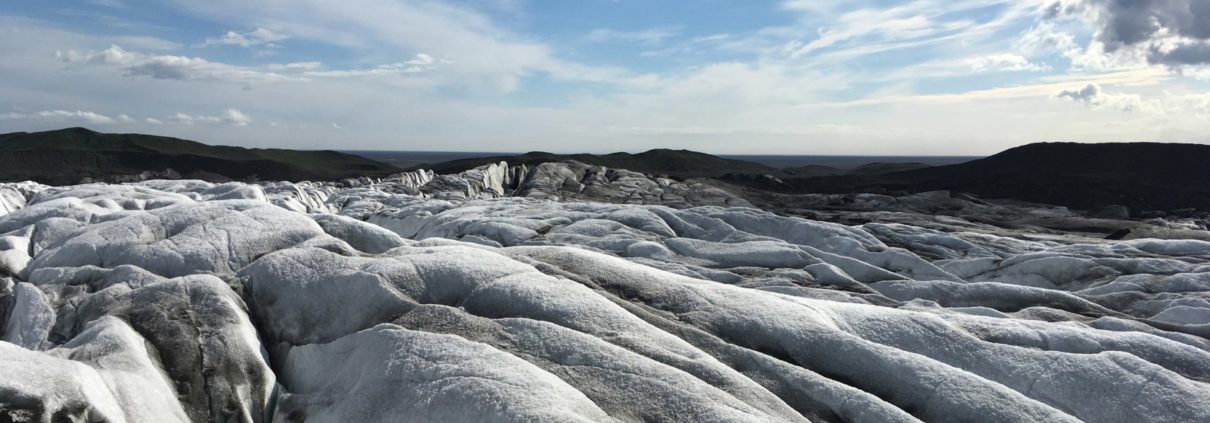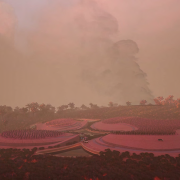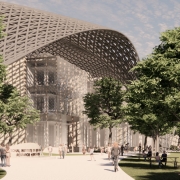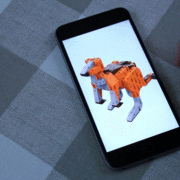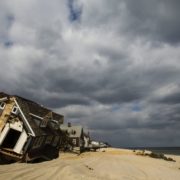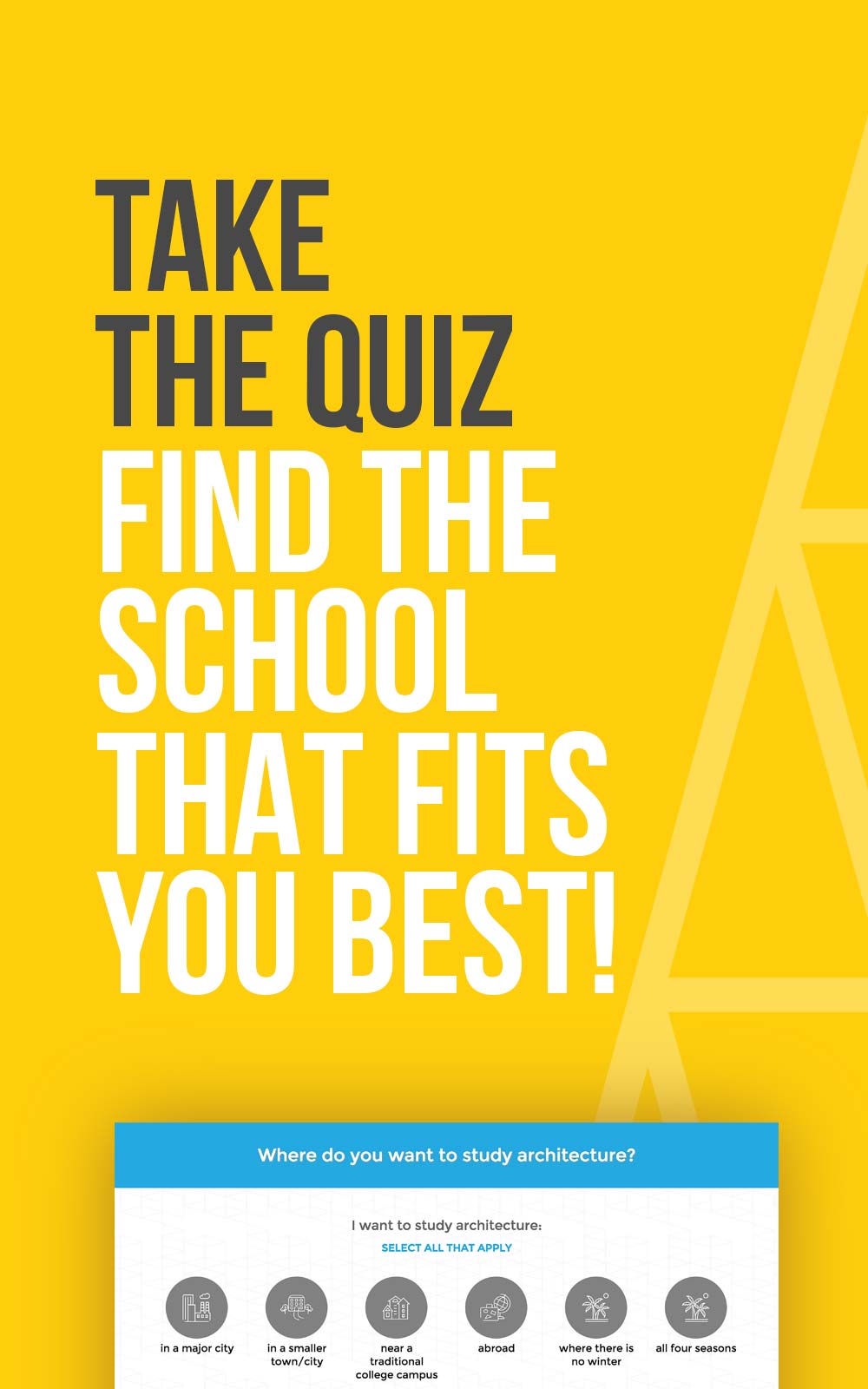Harvard U. Grad Student Project Feature - Shifting the 'Horizon'
(via News.Harvard)
Ask Joanne Cheung why she studies the way people conceptualize climate change and she’ll tell you, “I’m a designer. It’s part of the job to think about the future.”
Cheung, a master’s of architecture student at Harvard’s Graduate School of Design and a fellow at the Berkman Klein Center for Internet & Society, makes a passionate case for integrating climate change into art and design. She believes they have a special capacity to shape how people see, which can in turn effect how they act on climate.
“This is a hard truth. Why aren’t we factoring climate change into every part of the design process?” she asked.
Cheung’s most recent work builds on a trip she took to Iceland last summer. There, she worked with researchers at the Iceland Glaciological Society and Icelandic Mountain Guides to capture video and digital imagery of the changing landscape. The result is an interactive art exhibition called “Horizon” that will run through Feb. 3 at Industry Lab on Norfolk Street in Cambridge.
“I’ve always been fascinated by the fact that the horizon is an imagined separation and is highly subjective, depending on where you look from,” Cheung said. “Climate change directly shapes our perception of the horizon as the sea level changes the very contour of the island.
“For me, the horizon is also a metaphor for the limits of human perception. What we take to be the vanishing point is but the farthest point we can see.”
“Horizon” uses photographs and 360-degree video to show melting glaciers in stark relief and explore how the coastline will recede as sea levels rise. A unique partnership with Harvard’s Department of Earth and Planetary Sciences visualization lab let Cheung produce the images with state-of-the-art equipment.
Cheung plans to use the photographs in conjunction with a book by the Icelandic poet Stefán Hördur Grimsson in order to stage an imaginary dialogue between text and image.
Another project, developed with Harvard’s metaLAB, shows two ways to look at the landscape — as an artist and as a computer — forcing viewers to confront the limitations of the tools we use to understand issues such as climate change.

Icelandic poet Stefán Hördur Grimsson Prints

